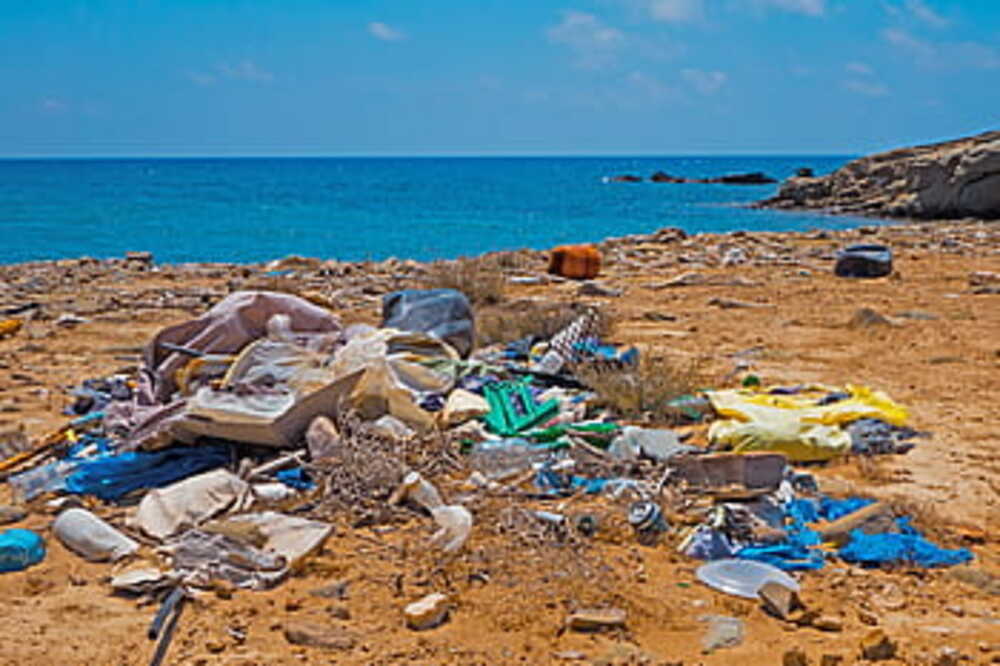A study published on Wednesday reveals that plastics entering the world’s oceans have increased “unprecedentedly” since 2005. The study was conducted by the 5 Gyres Institute, a US-based organization that campaigns for the reduction of plastic pollution. It shows that an estimated 171 trillion plastic particles were afloat in the oceans by 2019. Furthermore, marine plastic pollution could rise by 2.6 times by 2040 if no legally binding global policies are introduced.
Data on plastic contamination at the surface of the ocean from 11,777 ocean stations across six main marine areas are analyzed in this study. It spans the years 1979 through 2019. The study discovered a worrisome trend of microplastics in the world’s oceans growing exponentially since the year 2000. A strong, legally enforceable U.N. worldwide convention on plastic pollution is required, according to Marcus Eriksen, co-founder of the 5 Gyres Group. This treaty must halt the problem at its source.
Why is plastic pollution dangerous?
Microplastics are particularly hazardous to the oceans. They not only contaminate water but also damage the internal organs of marine animals, which mistake plastic for food. Experts have said that the study shows that the level of marine plastic pollution in the oceans has been underestimated. Paul Harvey, a scientist and plastics expert with Environmental Science Solutions, an Australian consultancy focused on pollution reduction, called the numbers in the study “staggeringly phenomenal and almost beyond comprehension.”
U.N. trials to keep plastic pollution under control
But, by the end of the next year, a legally binding treaty is expected to be drafted. The creation of the treaty to address the scourge of plastic waste was agreed upon by United Nations members in March of last year (2022). Still, nations disagree on several key points, such as whether to restrict plastic production, phase out specific types of plastics, and harmonize international regulations.
U.N. Secretary-General Antonio Guterres warned in 2022 that plastics were “fossil fuels in another form,” and urged nations to crack down on pollution and production. Without a robust international pact, plastic manufacturing might quadruple over the next 10 to 15 years and triple by 2050, according to the environmental group Greenpeace. On Sunday, a separate international agreement was reached to support the preservation of biodiversity on the world’s high seas.
The biggest polluters, producers, and conditions
During the November talks, Washington announced that it wanted the pact to stop the plastic. It wants the pact to resemble the structure of the Paris climate agreement. Washington wants countries to set their own greenhouse gas reduction goals and action plans. Saudi Arabia said it wants a treaty focused on plastic litter that is built on “a bottom-to-top approach and based on national circumstances.”
Critics say that a country-driven approach would weaken a global treaty. Although in the minority, there are some powerful opponents of global rules and standards. These risks potentially weaken obligations on countries to take action, said Eirik Lindebjerg, WWF global plastics policy lead.
Industry representatives at the talks touted the essential role of plastics in daily life. They called for the treaty to focus on tackling waste rather than measures to reduce production.

